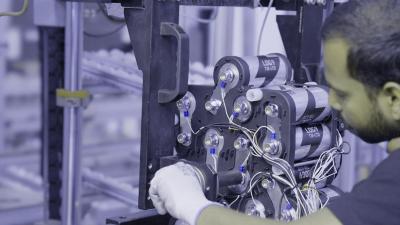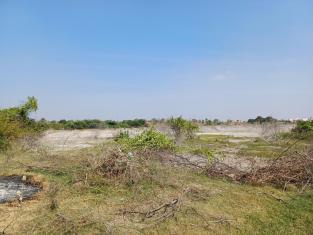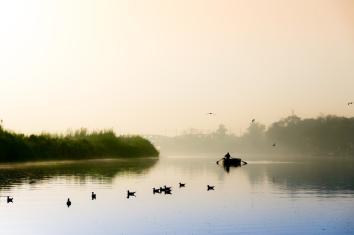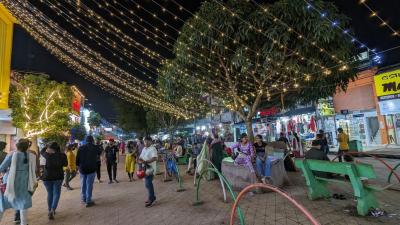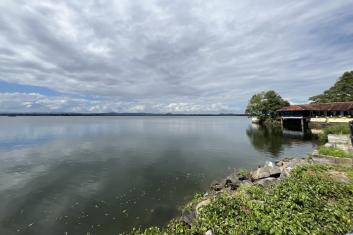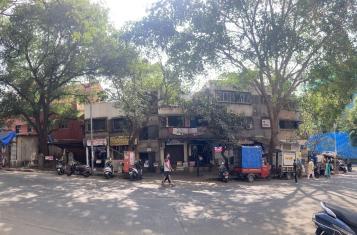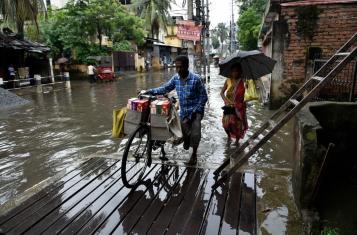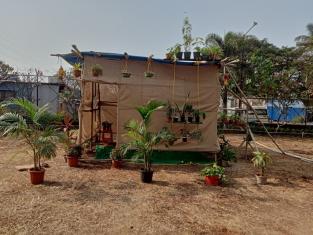Blogs
The blogs are part of WRI India’s mission to provide unbiased, expert analysis on the most important environmental issues facing the world today.
In today’s rapid-fire, fragmented information culture, we hope these insights will provide a measure of clarity to decision-makers worldwide.
-
How a Climate-Proofed MSME Sector Can Drive Tamil Nadu’s EV Leadership
by -This article was originally published in the Hindu on 26 October 2023.
Tamil Nadu is gearing up to be a global vehicle (EV) manufacturing hub, with the government seeking to attract ₹50,000 crore in investments and envisioning 1.5 lakh new jobs in the EV sector in the next five years. Investments worth almost ₹40,000 crore are already underway, and as per recent data, Tamil Nadu...
-
Decoding India’s Battery R&D Ecosystem: The Commercialization Challenge
by e -The energy storage sector, which is a critical component of both the renewable energy (RE) and electric vehicle (EV) sectors, is projected to require 600 GWh of battery storage by 2030 – a striking 15 fold growth from 2022. In line with its commitment to achieve net zero by 2070, India is taking rapid strides to develop its economy along low-carbon pathways. To accelerate this momentum, we require substantial investments in research and...
-
Reimagining Climate Adaptation
by -Being at the forefront of climate disasters, India has experienced flash floods, droughts, cyclonic storms, heat waves and other indirect effects due to climate change in the last two years....
-
Advancing an Ecosystem-based Approach for Yamuna River Management
by e -India's national capital, Delhi, has developed over many centuries, encompassing a rich and diverse history. Each successive regime that ruled Delhi shaped parts of the city’s landscape, its settlement patterns and ecological buffer zones. Today, this capital sits amidst the National Capital Region (NCR) – a 55,083 sq. km region that is India’s leading GDP contributor and one of the largest urban agglomerations in the world.
Nestled...
-
Reaching for Urban Prosperity: A Public Space Opportunity
by , e -Cities serve as the engines and drivers of economic growth. They sit at the nexus of infrastructural and human resources, generating economic opportunity by providing economies of scale, infrastructure, attracting talent and skilled labor. However, these economic growth trajectories are primarily mapped by demand and supply – based on consumption and extraction. This extractive, non-regenerative model of growth is turning urban regions into key contributors to...
-
Worlds of Water: 5 Books to Understand India’s Water Systems
by -From the earliest known records of human civilizations to the current world map, water has been the critical element determining where habitations and city-regions flourished. Whether it be Mesopotamia, emerging between the riverine landscapes of the rivers Tigris and Euphrates, or the Harappa civilization on the Indus River in the Indian subcontinent, history has demonstrated that destinies of human settlements remain tied to their water systems- often dwindling as these vital ecosystems collapsed over time.
The relationship between water and human settlements endures, but much...
-
Restoration Champions Driving Impact: Operational Models for Sustainable Growth
by , e -Land restoration-based enterprises help protect forests, restore agricultural lands and common lands that are facing multiple challenges such as degradation, fragmentation, declining productivity, biodiversity loss and soil erosion. These enterprises leverage innovative technologies and practices to also provide resilient livelihood opportunities for local communities and increase their adaptability and preparedness against climate shocks.
The fourth edition of Land Accelerator South Asia – a unique program that supports land restoration-based businesses – features...
-
How Can We Preserve Trees on Private Lands?
by -A tamarind tree has been living on our ancestral plot for more than 150 years. It has been a member of our family for generations. Its branches arch over the terrace of our house. I grew up playing under this tree – eating both its ripened and still-raw, sweet and sour fruit, and sampling its flowers and tart leaves for good measure. The crown of the tree is wide enough to provide shade to the adjoining municipal school and offers respite to innumerable heat-afflicted pedestrians, including schoolchildren and hawkers. In a recent discussion on redeveloping our plot, the developer took it...
-
Differential Vulnerability and its Importance in Resilience Planning
by , e -India is the seventh most climate-vulnerable country in the world, with nine of its states among the top 50 most vulnerable regions globally. The country's cities are at the forefront of the climate crisis with more than 80% of the urban population living in hazard-prone districts....
-
5 Opportunities for Micro-greening in Low-income Urban Settlements
by , e -Climate change-induced events such as heat waves and floods severely impact the quality of life in urban areas. It can be financially disruptive and even fatal, disproportionately impacting settlements most vulnerable to climate risks. Greening of open spaces can be an important strategy for addressing such increasing urban heat and flood-related risks in cities. However, as our cities expand, rampant urbanization adversely impacts the availability of and access to such open spaces.
In Mumbai,...

